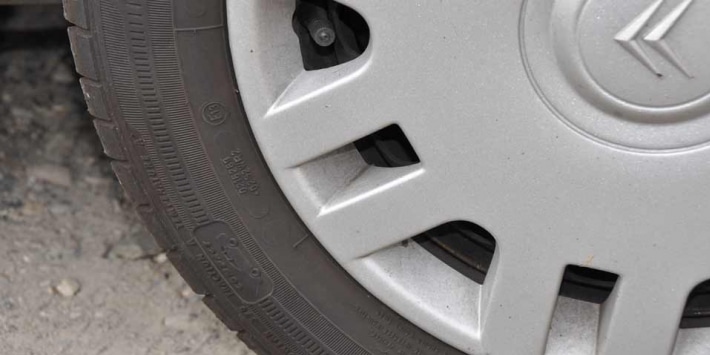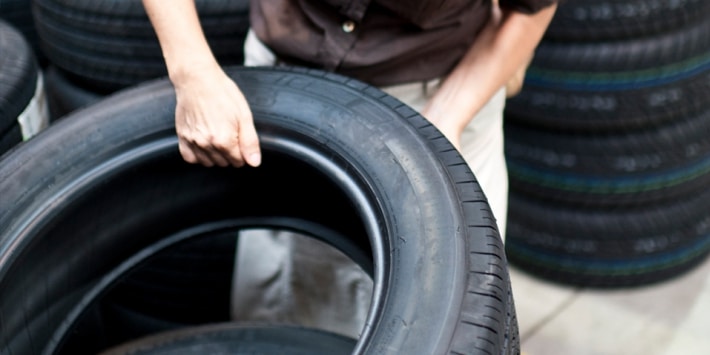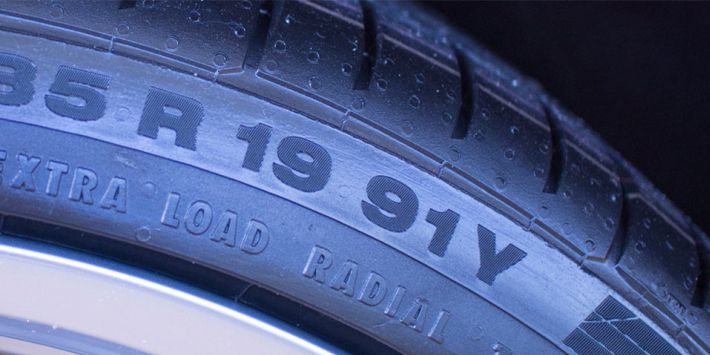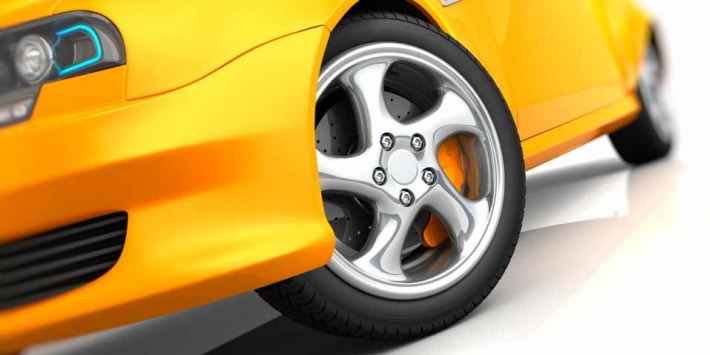There are many reasons why you might want to change your tyre size. For example, if you’re looking to fine tune your vehicle for handling performance, improve it’s appearance or reduce the cost of buying tyres. Fortunately, there are several options available to you. Find out how to determine compatible sizes for your vehicle, in order to safely (and legally) change your tyre size.
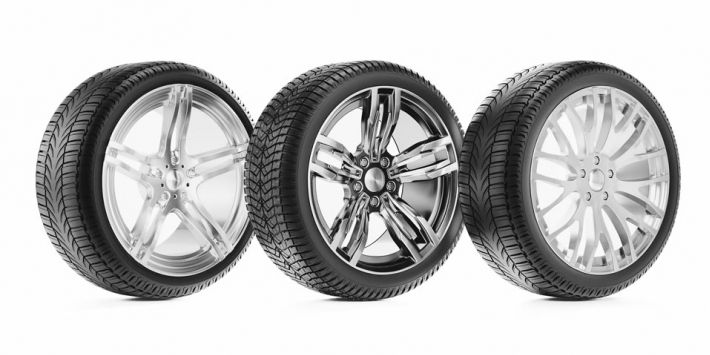
Tyre size conversion: calculating compatible sizes for your vehicle
When changing wheel and tyre size, it’s important to ensure the compatibility of the tyre diameter, speed rating and load index of the tyres you wish to fit. You need to ensure that:
- The outer tyre diameter remains as close as possible (within a margin of +/- 3%) to that of the original tyre to maintain the accuracy of the speedometer and driving aid settings (ABS, ESP etc.).
- The load index is the same as or higher than that of the original tyre.
- The speed rating is the same as or higher than that of the original tyre, (except if you’re replacing a summer tyre with a winter tyre which may have lower speeds due to winter weather conditions).
It’s also important to take into account your vehicle’s specific technical characteristics. There is no guarantee that a size which is compatible in theory will fit your vehicle in reality. For example, you may find yourself with a tyre you cannot fit because it touches the suspension.
Therefore, if you to want to fit a non manufacturer-approved size, you should also:
- Check the selected tyre size is compatible with the structure of your vehicle
- Maintain the required clearance at the wheel arches (statically and dynamically)
- Check there is space for the brake callipers
- Check the wheel fitment and offsets.
Find approved sizes for my car
What are the risks if you choose the wrong tyre size?
Fitting the wrong tyre size may change how your vehicle handles and put your safety at risk.
From a technical point of view, you could end up with a range of problems, such as an incorrect speedometer reading, ABS or ESP interference, or problems with clutch systems.
Legally speaking, if you’re found to be driving on unsuitable tyres you will fail your MOT and could even receive a fine and points on your licence if checked by police. Also, in the event of an accident, your insurance company may refuse to cover you.
If you have the slightest doubt about which tyre size to choose, stick to sizes approved by your vehicle manufacturer or ask a specialist for advice.

